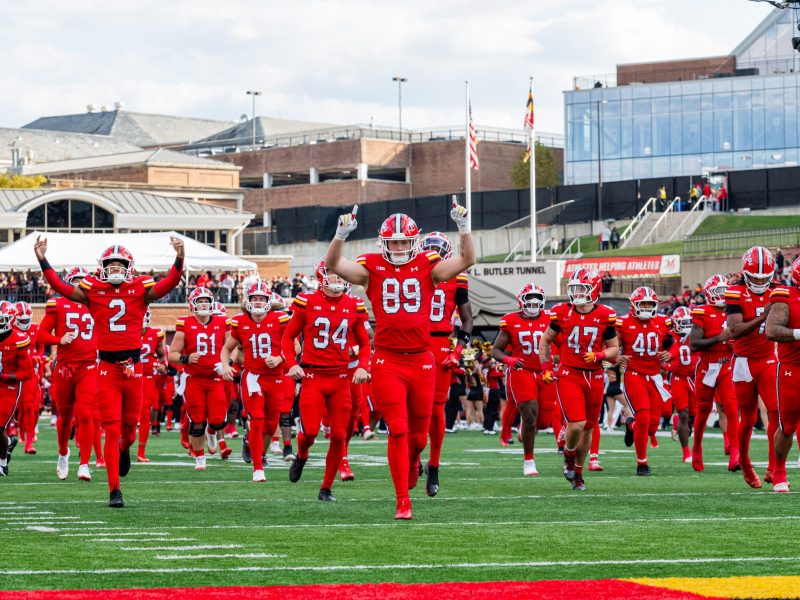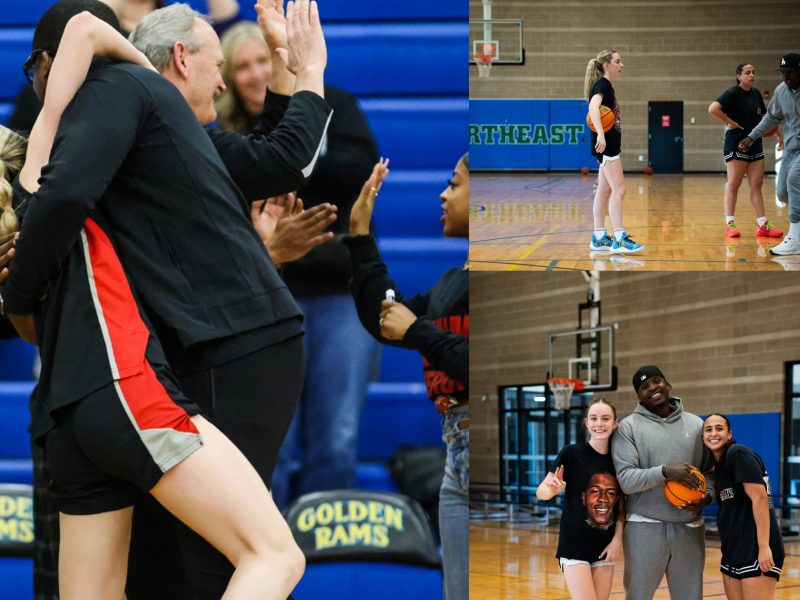University officials plan to discuss purchasing two new sign-language interpretation devices tomorrow, which could finally allow deaf students to participate in the types of extracurricular opportunities many take for granted.
While the university does pay for live interpreters in classes for all deaf and hearing impaired students through Disability Support Services, this benefit does not extend to extracurriculars where clubs are often left struggling to fit interpretation services into their already limited budgets. The lack of funded assistance outside the classroom inspired the Student Government Association to introduce a proposal recently asking the university to pay for the new devices.
Senior philosophy major Jermaine Brown – the Interfraternity Council’s only deaf member – struggled to follow the council’s proceedings during meetings because the council was hard-pressed to find the funds for interpreters, Brown wrote in an e-mail.
“My assumption, like most people without experience, was that you just call DSS, fill out a form and a translator just shows up,” Brown wrote. “But that’s not the case.”
He found it difficult to interact with his fraternity brothers and tried to find help with his academics outside the classroom. But Brown couldn’t even meet with the dean of the philosophy department because the department didn’t want to cover the cost, he wrote.
“University of Maryland is a very bureaucratic school,” Brown wrote. “The Disability Support Service will only pay for my classes, that’s all. Should I need an interpreter even for something academic-related, DSS will not pay for it, whoever that I meet with will have to pay for the expense.”
After searching for assistance for Brown through various groups, such as the Office of Fraternity and Sorority Life and the university itself, SGA Director of Governmental Affairs Andrew Friedson struck a deal with the Interfraternity Council president.
“I convinced him to pay for it with the promise that I’d work to find ways for the university to cover it,” Friedson said. A year later, Friedson introduced the proposal in the SGA.
Brown’s frustrating attempts to get involved at the university came in stark contrast to his high school experience at the Maryland School for the Deaf in Frederick where he participated in activities ranging from football to student government to the spring play, he wrote.
“I was very active until arriving to this university,” Brown wrote.
But at this university, where there are limited interpreters with tight schedules, deaf students are often forced to miss out.
Many interpreters charge for a minimum of three hours and have to be notified well in advance of an event – an inconvenience for college clubs that are used to quick meetings at the last minute.
“If I have two weeks notice, it’s not a problem,” Deaf and Hard of Hearing Services Coordinator Stacey Webb said. “But that’s not how college students work. Everyone’s always available but the interpreter.”
The two new devices commissioned by the $19,000 proposal – I Communicator and SNAP OGO VRI – will relieve the financial burden of clubs and departments unable to provide interpretation services and will allow deaf students like Brown to become more involved on campus beyond the classroom, Webb said.
The I Communicator uses voice recognition technology to channel spoken conversation into closed captioning that students can use to follow conversations. Also equipped with a keyboard, the device has text-to-speech technology that allows deaf students to actively participate as well.
Yet to be released to mainstream consumers, SNAP OGO VRI allows students to watch a live sign language interpretation via satellite on a hand-held monitor. Because many deaf students prefer American Sign Language instead of English, this offers deaf students who communicate only in sign language an added opportunity to get involved when they can’t follow along with handouts, Webb said.
One of each device would be purchased by the Campus Student Technology Fee Advisory Committee in the Office of Information Technology, and they would be housed with DSS. Students would be able to check them out as necessary, and while extracurriculars would be given priority, students will also be able to use them in classes if the devices are available, Friedson said.
If the SGA implements the project, it will re-evaluate at the beginning of next year, and depending on the success of the program, consider purchasing additional units.
“If the technology is as good as advertised, it could be my gateway to excellent networking and communicating freely with others,” Brown said.
Contact reporter Ben Slivnick at slivnickdbk@gmail.com.


